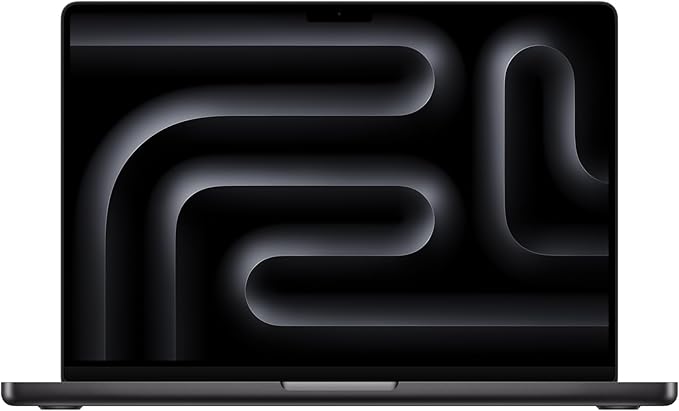If you’ve ever sat staring at a sluggish PSpice simulation, you know the pain of a slow machine. When you’re working on complex circuits, every second counts — and the right laptop can mean the difference between a smooth workflow and endless coffee breaks.
This guide is here to help you pick the best laptops for PSpice in 2025, blending power, reliability, and comfort. I’ve handpicked models that not only run PSpice like a breeze but also hold up well for multitasking, design work, and long engineering sessions.
What to Look For in a PSpice Laptop
While PSpice isn’t as graphics-intensive as 3D modeling software, it still benefits from strong hardware. Here’s what matters most:
- Processor (CPU) – Go for at least an Intel Core i7 or AMD Ryzen 7 with 4+ cores for quick simulation runs.
- Memory (RAM) – 16 GB is the baseline; 32 GB makes heavy multitasking much smoother.
- Storage – An SSD (preferably NVMe) with at least 512 GB will keep load times short and your system responsive.
- Display – A crisp Full HD or 4K panel helps you view schematics and waveforms without squinting.
- Build Quality & Ports – Engineering work often means a lot of plugging in; look for USB-C, HDMI, and solid durability.
Top Picks: Best Laptops for PSpice in 2025
1. Dell XPS 15 (2025) — Balanced Power for Everyday Engineers
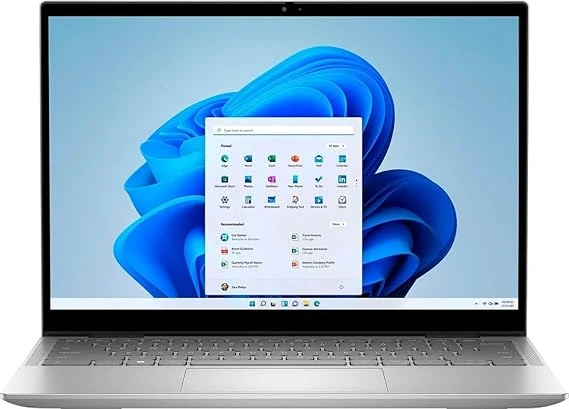
The Dell XPS 15 remains a workhorse for engineering software. With up to Intel Core i9, 32 GB RAM, and NVIDIA RTX graphics, it breezes through PSpice simulations while leaving headroom for CAD, MATLAB, or design apps. The 15.6″ high-res display and premium build make it a pleasure for long days of work.
2. Asus ProArt P16 — For Visual Perfectionists
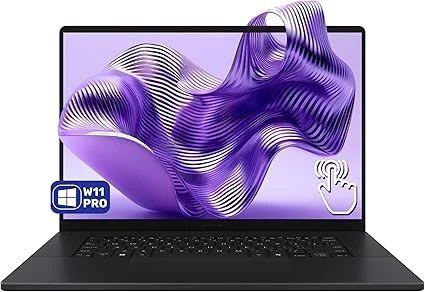
Originally built for creative pros, the ProArt P16’s 4K OLED display makes circuit diagrams pop with incredible clarity. Combine that with AMD Ryzen 9 or Intel i9 CPUs and plenty of RAM, and you’ve got a beast for both simulation and presentation.
3. MacBook Air M4 (2025) — Lightweight, Mighty, and Efficient
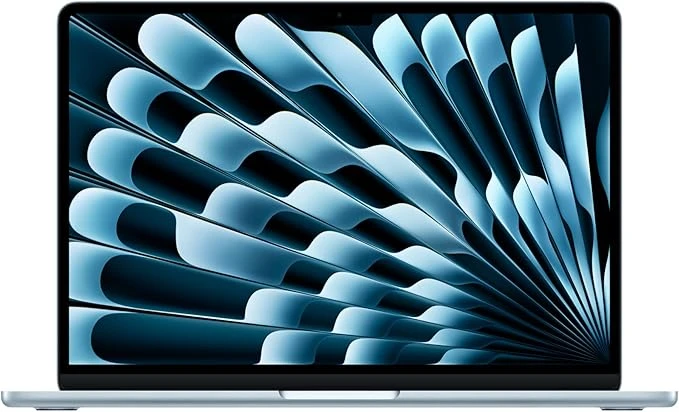
If you’re in the Apple ecosystem, the new M4 MacBook Air is surprisingly capable for PSpice (via virtualization or Boot Camp alternatives). It’s ultra-light, runs whisper-quiet, and offers incredible battery life — perfect for on-the-go engineers.
4. Asus Zenbook 14 OLED — Portable Yet Powerful
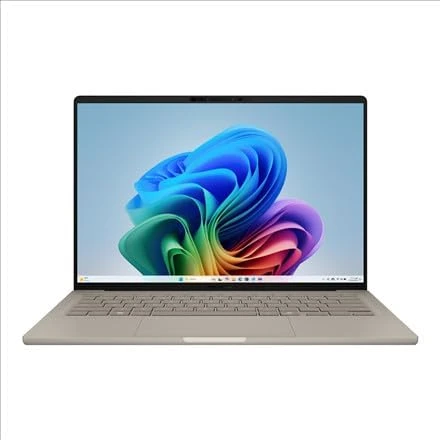
The Zenbook 14 OLED combines mobility with stunning visuals. It’s slim enough for a backpack but packs enough CPU and RAM muscle for medium to heavy PSpice workloads. The OLED panel is a bonus for those who care about color accuracy.
5. Acer Aspire 5 — The Budget Hero
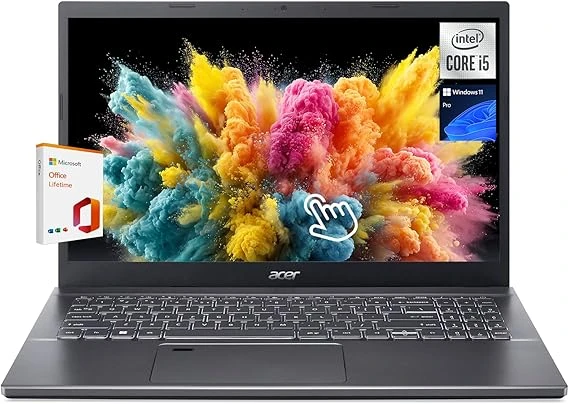
You don’t have to spend a fortune to run PSpice. The Aspire 5 delivers Ryzen or Intel power, SSD storage, and decent battery life at a wallet-friendly price. Great for students or entry-level engineers.
Quick Comparison Table
| Laptop Model | Key Strengths for PSpice |
|---|---|
| Dell XPS 15 | Premium build, powerful CPU, great display |
| Asus ProArt P16 | 4K OLED screen, top-tier performance |
| MacBook Air M4 | Ultra-portable, efficient, long battery life |
| Asus Zenbook 14 OLED | Compact, sharp OLED display, strong performance |
| Acer Aspire 5 | Affordable, reliable, decent specs |
Final Word
Choosing the best laptop for PSpice comes down to balancing speed, memory, and portability for your workflow. If you want premium performance, the Dell XPS 15 and Asus ProArt P16 are safe bets. For portability, the MacBook Air M4 and Zenbook 14 OLED shine. And if you’re after value without cutting corners, the Acer Aspire 5 won’t disappoint.
A great laptop won’t just run PSpice — it’ll make your entire engineering toolkit faster, smoother, and more enjoyable to use.
Frequently Asked Questions
For smooth performance, aim for at least an Intel Core i5 or AMD Ryzen 5 CPU, 8 GB of RAM, and a 256 GB SSD. However, for complex circuit simulations, upgrading to 16 GB RAM and a faster processor like an i7 or Ryzen 7 is highly recommended.
No, PSpice doesn’t require a dedicated GPU for most tasks. Integrated graphics work fine, but if you also use 3D modeling or CAD tools alongside PSpice, a dedicated GPU like an NVIDIA RTX series can be helpful.
Yes, but PSpice is designed for Windows, so you’ll need virtualization software like Parallels Desktop, VMware Fusion, or Boot Camp (on Intel Macs) to run it. The latest M-series MacBooks handle virtualization very well.
It’s fine for basic projects, but you might experience slowdowns with larger simulations or multitasking. For professional or academic work, 16 GB or more is the sweet spot.
The Acer Aspire 5 and similar mid-range laptops offer solid specs for PSpice without breaking the bank. Look for at least 16 GB RAM and an SSD for the best value.

